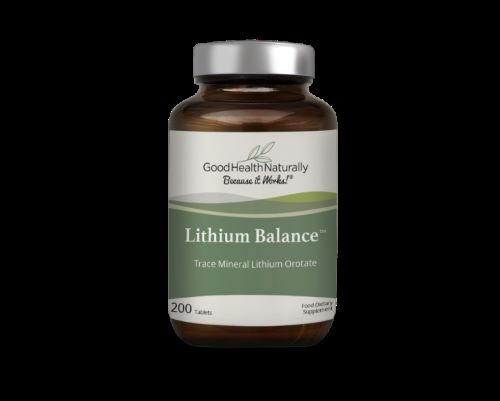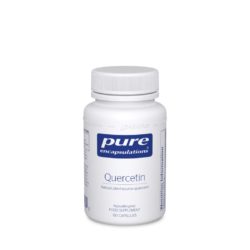More on Lithium:
Its positive action on the nervous system may be due to its ability to strengthen connections between neurons. This is mostly true in those parts of the brain responsible for behaviour, thinking and mood.
Lithium may perform best, when you keep its concentrations in the body at a constant daily level. You may start seeing some results only after several weeks.
Ingredients: Lithium (from 114mg Lithium Oratate), Microcrystalline cellulose, Medium-chain triglycerides
Additives: Microcrystalline cellulose, Medium-chain fatty acids.
Directions:
Take one or two tablets per day with food, or as directed by a healthcare professional.
Study:
If you would like to read an article on the links between Lithium and mood,
click HERE. This is from that study: “Lithium (LT) is most well-known for its mood-stabilizing effects in the treatment of bipolar disorder. Due to its narrow therapeutic window (0.5-1.2 mM serum concentration), there is a stigma associated with LT treatment. This is due to the adverse effects that can occur at therapeutic doses. However, several studies have indicated that doses of LT under the predetermined therapeutic dose used in bipolar disorder treatment may have beneficial effects. This is true not only in the brain but across the body. Currently, literature shows that low-dose LT (≤0.5 mM) may be beneficial for
cardiovascular, musculoskeletal, metabolic, and
cognitive function, as well as inflammatory and
antioxidant processes of the aging body.
There is also some evidence of low-dose LT exerting a similar and sometimes synergistic effect on these systems. This review summarizes these findings with a focus on low-dose LT potential benefits on the aging process and age-related diseases of these systems. These include
cardiovascular disease, osteoporosis, sarcopenia,
obesity and type 2 diabetes,
Alzheimer’s disease, and the chronic low-grade inflammatory state known as inflammaging. Although LT actions have been widely studied in the brain, the study of the potential benefits of LT, particularly at a low dose, is still relatively novel. Therefore, this review aims to provide possible mechanistic insights for future research in this field.”







Reviews
There are no reviews yet.